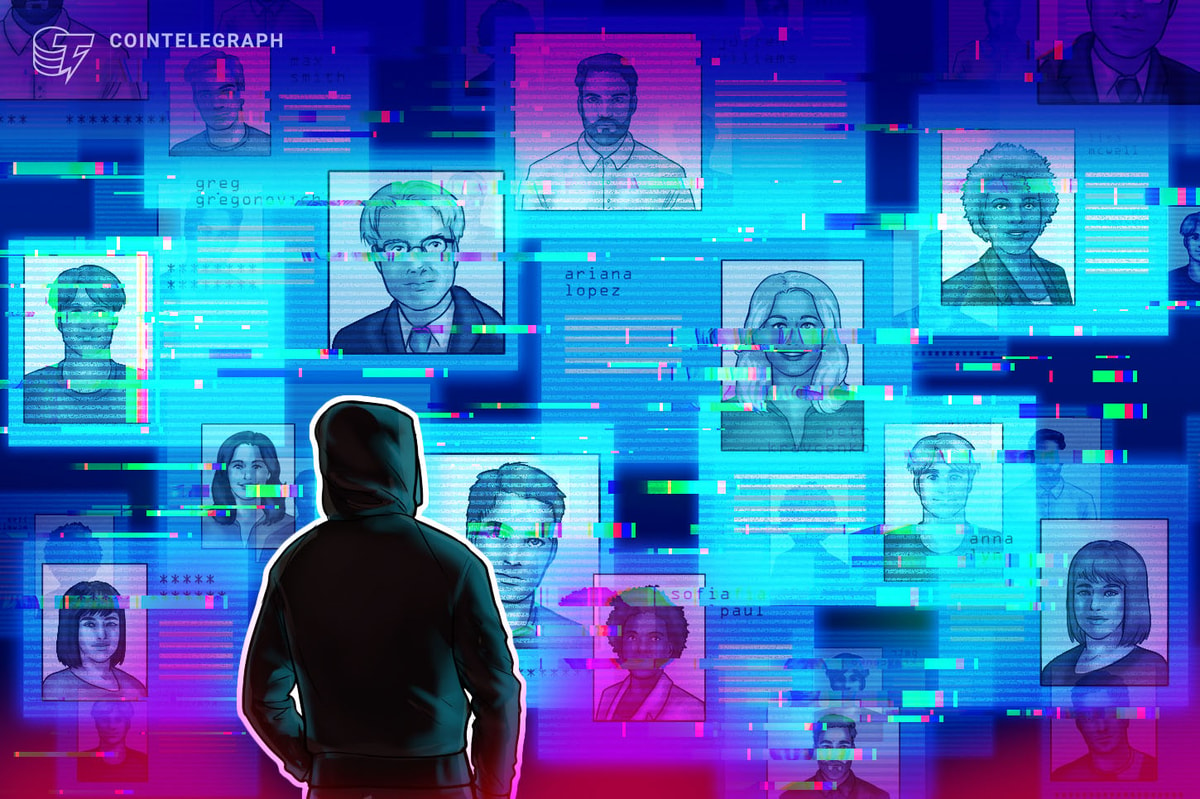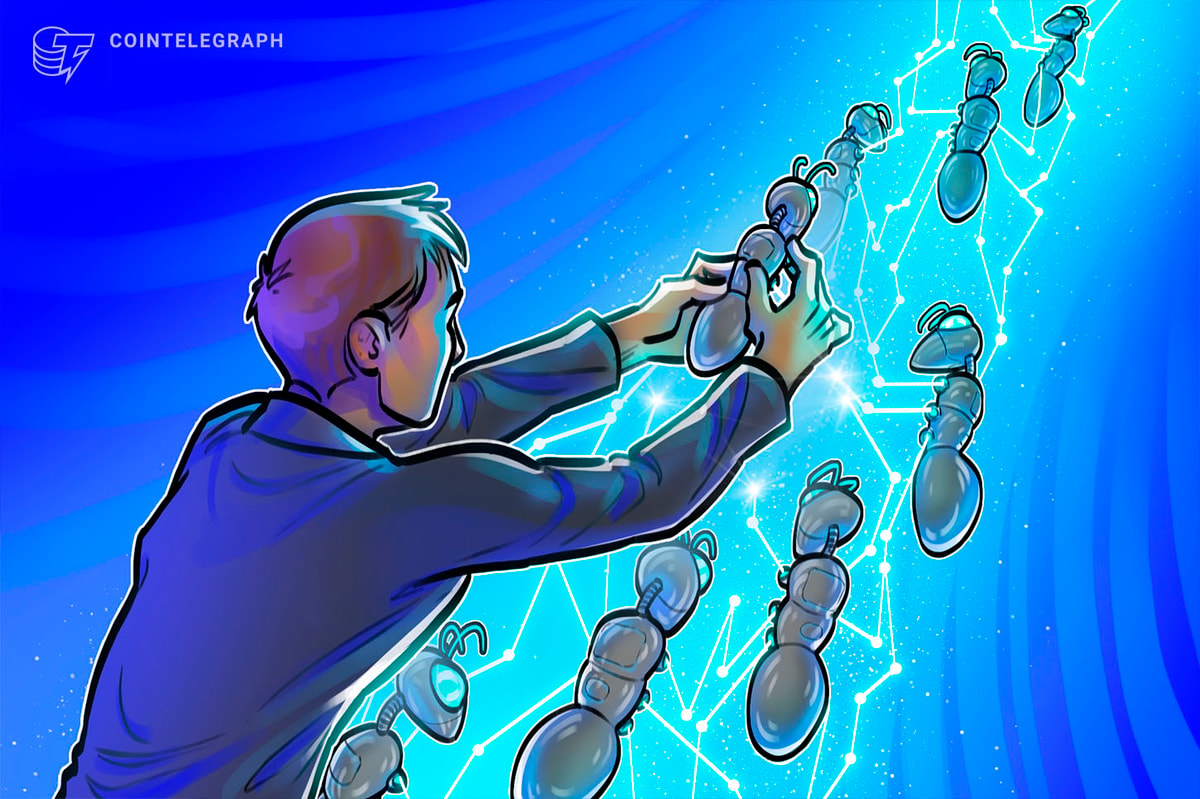
Solana’s new “actions” and “blockchain links” features allow developers to embed web3 transactions into websites, social media, and QR codes.
The Solana Foundation has introduced two new tools designed to facilitate web3 embeds in mainstream settings.
On June 25, the Solana Foundation launched “Actions” and “blockchain links” (Blinks), two tools allowing developers to integrate blockchain activities into websites, social media, and physical QR codes.
Actions allow users to perform web3-native transactions, such as asset transfers, NFT interactions, voting, staking, and sending tips to content creators. Blinks enable developers to format any Action into a shareable link, turning websites and social media into straightforward entry points for blockchain interactions.
“Actions and Blinks open blockchain protocols to more websites and applications,” said Jon Wong, head of ecosystem engineering at the Solana Foundation. “These tools lower barriers to entry and promote broader adoption of blockchain.”
New tooling for the Solana ecosystem
The launch of Actions and Blinks comes as the broader Solana ecosystem is striving to provide new tooling and services for developers. And users
On June 21, Light Protocol and Helius Labs launched a testnet for ZK Compression — a technique designed to reduce the cost of Solana transactions by leveraging zero-knowledge proofs and calldata. By minimizing the amount of data stored on-chain, ZK Compression claims to allow significant fee savings by reducing the computational demand associated with Solana transactions.
“Only the state roots are stored on-chain, and small zero-knowledge proofs confirm their validity on the Solana ledger,” Light Protocol explained. “The protocol uses small zero-knowledge proofs to ensure the validity of state that’s stored as calldata on the Solana ledger.”
Mert Mumtaz, the CEO of Helius Labs, estimated that ZK Compression reduces the cost of airdropping tokens to one million users on Solana from $260,000 to $50. “We’re introducing ZK compression to Solana, directly on the L1 — without requiring L2s,” he added.
However, critics from within the Ethereum community argue that ZK Compression contradicts anti-Layer 2 ethos, claiming that ZK Compression essentially functions as a Layer 2 (L2) solution.
“No matter how loudly Mert shouts… compression is an L2,”tweeted Adam Cochran, vice president of operations at SBT Partners. “One day the Solana crowd will realize what they’ve built is a good L2 feature/validity-based rollup and not a monolith chain.”
Anatoly Yakovenko, Solana’s co-founder and the CEO of Solana Labs, responded, claiming that ZK Compression overcomes several of the issues he identifies in typical Ethereum-based Layer 2 solutions.
“It’s like an L2 without all the things that people complain about L2s,” Yakovenko said. “It’s an L2 that doesn’t need a security council multisig, users don’t need to switch chain IDs, doesn’t need a governance token, doesn’t need an external sequencer, Solana validators still get all the transaction fees.”
Firedancer and beyond
Solana is also gearing up to ship its long-awaited Firedancer upgrade, which will introduce a second network client developed by Jump Crypto.
Jump has been working on Firedancer since August 2022 and claims the upgrade will “drastically increas[e] Solana’s networking throughput, resiliency, and efficiency.”
“Folks can stop calling it beta after Firedancer ships,” Yakovenko said at the Solana Crossroads 2024 conference in May. “You want different people to work on the same component so the probability of a bug being in both [clients] is virtually zero.”
In the past 24 hours, the price of SOL was up 7%, according to The Defiant’s crypto price feeds.
Read More: thedefiant.io








 Bitcoin
Bitcoin  Ethereum
Ethereum  Tether
Tether  XRP
XRP  Solana
Solana  USDC
USDC  Dogecoin
Dogecoin  TRON
TRON  Cardano
Cardano  Lido Staked Ether
Lido Staked Ether  Wrapped Bitcoin
Wrapped Bitcoin  Hyperliquid
Hyperliquid  Wrapped stETH
Wrapped stETH  Sui
Sui  Chainlink
Chainlink  Avalanche
Avalanche  Stellar
Stellar  LEO Token
LEO Token  Bitcoin Cash
Bitcoin Cash  Toncoin
Toncoin  Shiba Inu
Shiba Inu  Hedera
Hedera  USDS
USDS  WETH
WETH  Litecoin
Litecoin  Wrapped eETH
Wrapped eETH  Monero
Monero  Polkadot
Polkadot  Binance Bridged USDT (BNB Smart Chain)
Binance Bridged USDT (BNB Smart Chain)  Ethena USDe
Ethena USDe  Bitget Token
Bitget Token  Pepe
Pepe  Pi Network
Pi Network  Coinbase Wrapped BTC
Coinbase Wrapped BTC  WhiteBIT Coin
WhiteBIT Coin  Uniswap
Uniswap  Aave
Aave  Dai
Dai  Bittensor
Bittensor  Ethena Staked USDe
Ethena Staked USDe  Aptos
Aptos  NEAR Protocol
NEAR Protocol  Cronos
Cronos  OKB
OKB  BlackRock USD Institutional Digital Liquidity Fund
BlackRock USD Institutional Digital Liquidity Fund  Internet Computer
Internet Computer  Jito Staked SOL
Jito Staked SOL  Ondo
Ondo  Ethereum Classic
Ethereum Classic